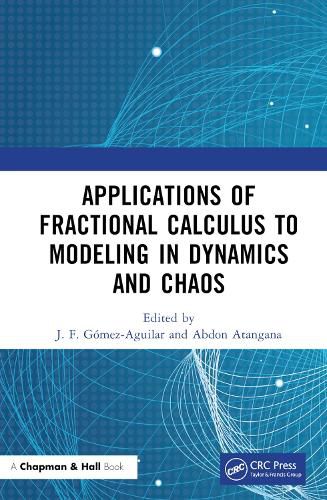Readings Newsletter
Become a Readings Member to make your shopping experience even easier.
Sign in or sign up for free!
You’re not far away from qualifying for FREE standard shipping within Australia
You’ve qualified for FREE standard shipping within Australia
The cart is loading…






Applications of Fractional Calculus to Modeling in Dynamics and Chaos aims to present novel developments, trends, and applications of fractional-order derivatives with power law and Mittag-Leffler kernel in the areas of chemistry, mechanics, chaos, epidemiology, fluid mechanics, modeling, and engineering. Non-singular and non-local fractional-order derivatives have been applied in different chapters to describe complex problems. The book offers theory and practical applications for the solutions of real-life problems and will be of interest to graduate-level students, educators, researchers, and scientists interested in mathematical modelling and its diverse applications. Features:
Discusses real-world problems, theory, and applications. Covers new developments and advances in the various areas of nonlinear dynamics, signal processing and chaos. Suitable to teach Master’s and/or Ph.D. level graduate students, and can be used by researchers, from any field of the social, health, and physical sciences.
$9.00 standard shipping within Australia
FREE standard shipping within Australia for orders over $100.00
Express & International shipping calculated at checkout
Applications of Fractional Calculus to Modeling in Dynamics and Chaos aims to present novel developments, trends, and applications of fractional-order derivatives with power law and Mittag-Leffler kernel in the areas of chemistry, mechanics, chaos, epidemiology, fluid mechanics, modeling, and engineering. Non-singular and non-local fractional-order derivatives have been applied in different chapters to describe complex problems. The book offers theory and practical applications for the solutions of real-life problems and will be of interest to graduate-level students, educators, researchers, and scientists interested in mathematical modelling and its diverse applications. Features:
Discusses real-world problems, theory, and applications. Covers new developments and advances in the various areas of nonlinear dynamics, signal processing and chaos. Suitable to teach Master’s and/or Ph.D. level graduate students, and can be used by researchers, from any field of the social, health, and physical sciences.